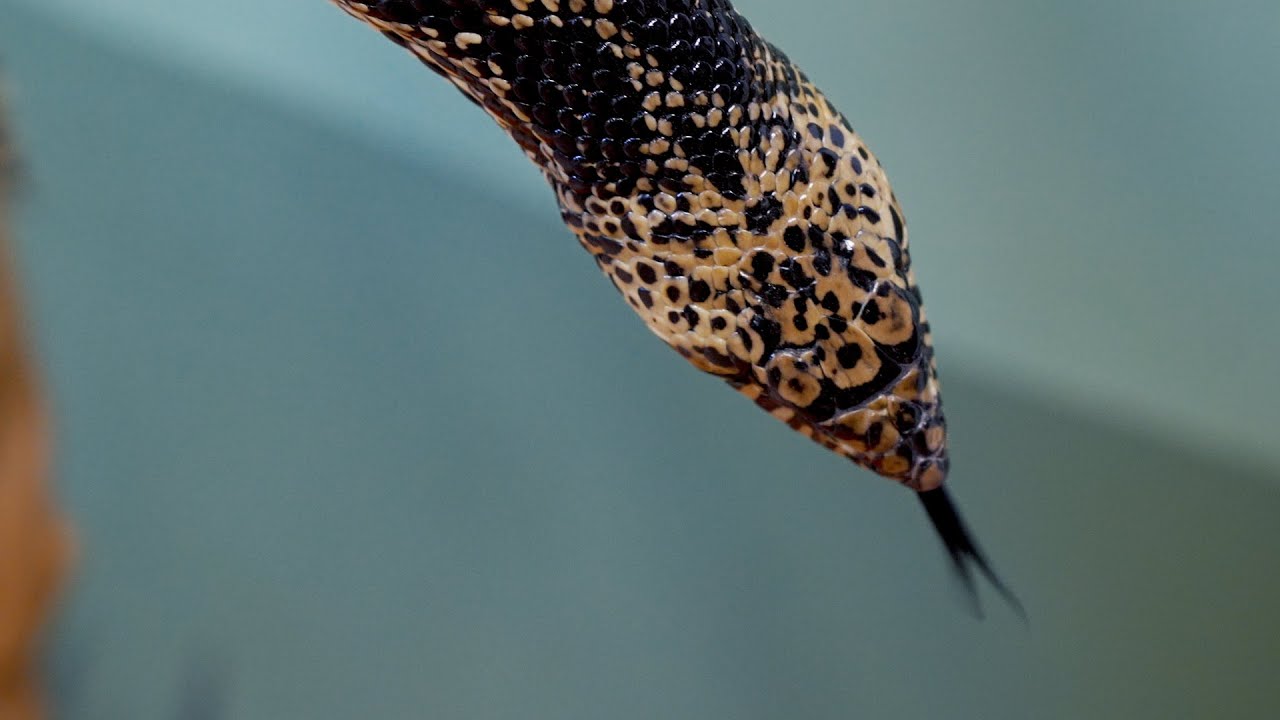– The role of bullsnakes in managing agricultural pests and balancing ecosystems
– The bullsnake, being Minnesota’s largest native snake and its challenges due to habitat destruction
– A glimpse into the engaging Keeper Chat with Naturalist Donnie at Minnesota Zoo
– The conservation status of bullsnakes in Minnesota and why it matters
– Encouraging appreciation and protection of bullsnakes as a valuable part of Minnesota’s natural heritage
Welcome to a winding journey of discovery where slithering elegance meets ecological warrior—a tale of scale, not a fairy! Imagine your backyard as a hub of biodiversity, a small-scale Serengeti, where every creature, no matter how unassuming, plays a pivotal role. That’s right; today, we’re diving into the world of bullsnakes, the unsung heroes of the Minnesotan landscape.
At the intersection of fascination and function, the bullsnake stands—or rather, slithers—as a testament to nature’s intricate design. Often misunderstood and unjustly accused, these creatures are indispensable allies to humans, especially within the agricultural mosaic that blankets much of our state.
Have you ever been mesmerized by the hypnotic beauty of snake locomotion? Sat transfixed by the way they glide seamlessly through their environment? The bullsnake, Minnesota’s largest native serpent, displays these characteristics majestic. And yet, despite their size and efficacy in the wild, they remain vulnerable to the consequences of human expansion.
If you’ve followed the weekly Keeper Chats hosted by the Minnesota Zoo, perhaps you’ve had the privilege of “meeting” a bullsnake through the expert insights of Naturalist Donnie. These sessions are windows into the lives of creatures that share our world, and they strip away layers of misconceptions with each fact shared.
Bullsnakes, the custodians of cropland, engage in a silent dance of death with rodents threatening our food supply. With each mouse or rat wrapped in their powerful coils, these snakes provide a service that is typically undervalued. It’s essentially nature’s pest control, a ‘tight hug’ that ensures the circle of life continues uninterrupted and our grains and greens grow unscathed.
But the cohabitation isn’t quite harmonious. Even as these snakes safeguard our sustenance, we seem to reciprocate with less regard. The insatiable human thirst for expansion drives the plows and bulldozers over waving grasslands and through whispering woods, leaving in their wake a monochrome of concrete and steel. Our oft-misguided development severs the sinuous home ranges that bullsnakes require to thrive.
In many parts of the United States, the bullsnake may be just a whispered worry, a “least concern” creature in the conservation conversation. In Minnesota, the narrative is sad; the bullsnake is listed as a “special concern” species. It wears this label like a cloak, signaling the distress calls of ecosystems in upheaval.
If you were to watch this week’s Keeper Chat video, you might suddenly perceive these snakes as emblematic of Minnesota’s untamed beauty. Their undulating forms embody the resilience and adaptability of our state’s wildlife, yet they also evoke an urgent call to action: to preserve and protect.
When Naturalist Donnie regales us with tales of these slithers in the grass, it’s not merely educational; it’s a summons to transform our indifference into stewardship. We learn that despite their ability to inspire an involuntary shudder in some, bullsnakes are creatures of significance, deserving of our respect and our guardianship.
Consider the bullsnake as a neighbor, albeit one without a mailbox. They are silent sentinels in our shared communities, participants in the intricate network of life that sustains us. The more we acknowledge their part in this network, the more we realize how our fate is entwined with theirs. By cutting down their living space, we inadvertently hack at the very roots of our well-being.
But reverence for the natural world is not cultivated in a vacuum; it grows through understanding and exposure. It’s developed by watching the patient dedication of zookeepers and naturalists and by listening to the thrumming heart of the wild through videos that bring nature to our screens.
If the scaled spectacle of the bullsnake stirs your curiosity, you can journey through the corridors of knowledge that the Minnesota Zoo offers. Their platforms are treasure troves for the curious mind. Explore their website, engage with their Facebook posts, double-tap on Instagram wonders, follow the Twitter trail, and connect on LinkedIn for professional inquiries into conservation.
As we carry forth this baton of wisdom, let us embrace the bullsnake not with reservation but with kindred spirit. The survival of these majestic reptiles depends on the mosaic of actions, both grand and minute, that we take today. Let us weave them into the narrative of Minnesota’s proud natural heritage.
As we wrap up, remember: the essence of understanding our scaly neighbors lies not just in the Keeper Chats and shared videos, albeit they are informative and essential. It’s also in recognizing the indispensable threads each species, including the bullsnake, weaves into the ecological tapestry of our state. Through this recognition, we can advance from mere coexistence to committed conservationists. Let’s esteem these fascinating beings that slither quietly beside us, contributing more to our lives than we can often fathom, and strive to ensure that, in Minnesota, bullsnakes and humans can become better neighbors.
*****
Source Description
Bullsnakes, the largest snake native to Minnesota, are better neighbors to us than we are to them. Although not venomous, the bullsnake consumes its prey by constricting agricultural pests such as mice, rats, and other small mammals in a tight hug or squeeze. While they help manage agricultural pests for us, we continue to infringe upon their habitats by developing woodlands, grasslands, and prairies for other uses. For most of the United States, the bullsnake is listed as a species of “least concern” for extinction. However, they are listed as a “special concern” in Minnesota due to habitat destruction and degradation. Witness their magnificence in this week’s Keeper Chat video, and maybe you’ll embrace them as a favorite Minnesota species!
Follow us:
Minnesota Zoo https://mnzoo.org
Facebook https://facebook.com/mnzoo
Instagram https://instagram.com/mnzoo
Twitter https://twitter.com/mnzoo
LinkedIn https://linkedin.com/minnesota-zoo


